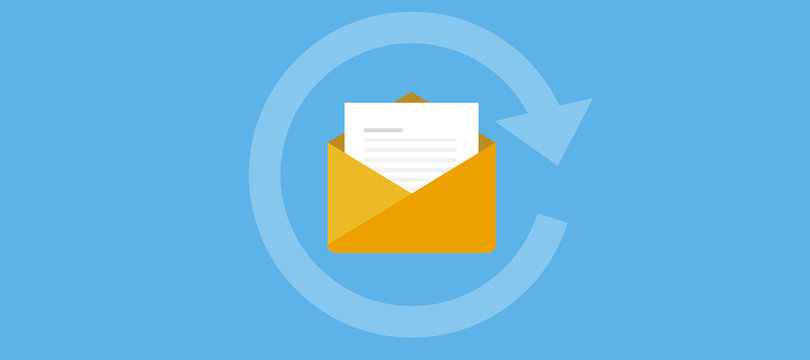
Table of Contents
An Auto Responder in a web hosting control panel (such as cPanel, DirectAdmin, or Plesk) is a feature that allows users to set up automatic email responses for their hosted email accounts. This is typically used to send predefined replies when someone sends an email to a particular address, such as informing the sender that the recipient is out of the office, on vacation, or acknowledging receipt of the email.
Features and Functions of an Auto Responder in a Control Panel:
- Predefined Message Setup:
- You can create a custom message that is automatically sent to anyone who emails a specific email account. For example, this can be used for an “Out of Office” message or a confirmation email.
- Time Settings:
- Many control panels allow you to set specific start and end dates for when the auto responder is active. This is particularly useful for setting up vacation messages or temporary responses.
- Customization of Response:
- You can typically customize the subject line and the body of the email to include relevant details, such as when you’ll be available again or alternative contacts.
- Frequency Control:
- Some systems let you configure how often the auto responder will send replies to the same person. For example, it can be set to send only once per email sender within a certain period, preventing multiple responses to multiple emails from the same sender.
- Reply-To and Forwarding:
- In some cases, you can also set a different “Reply-To” address if you want responses to the auto responder to go to another email address, or forward important emails to another person while you’re away.
How to Set Up an Auto Responder in cPanel (Example):
- Log In to cPanel:
- Access your hosting account’s cPanel interface.
- Navigate to the Email Section:
- In the cPanel dashboard, find and click on the “Auto Responders” option under the Email section.
- Select Domain and Email Account:
- Choose the domain and the specific email address for which you want to set up the auto responder.
- Configure AutoResponder Settings:
- Email Address: Select the email account for which the auto responder will be used.
- From: The name or email that will appear as the sender.
- Subject: The subject line for the auto-response email (e.g., “Out of Office” or “Thank you for your email”).
- Body of the Message: The content of the message you want to send automatically (e.g., “I am currently away from the office and will return on [date].”).
- Start and End Time: Set the time frame for when the auto responder will be active.
- Save Settings:
- After configuring all the necessary details, click “Create” or “Save” to activate the auto responder.
Use Cases for AutoResponder in Control Panel:
- Out of Office Messages:
- When an employee or website owner is away, an auto responder can notify clients or customers that the person is unavailable and indicate when they will return.
- Customer Support Acknowledgements:
- If a customer sends an inquiry, the auto responder can immediately acknowledge receipt, reassuring the customer that their request is being processed.
- Email Confirmation:
- Autoresponders can send automatic replies for email subscription confirmations or form submissions, letting the sender know their action was successful.
- Holiday or Special Announcements:
- Notify clients or customers of holiday closures or other important announcements using auto responses.
Benefits of Using AutoResponders in a Control Panel:
- Instant Communication: Ensures timely responses to emails, even when you’re unavailable.
- Professionalism: Keeps communication with clients, customers, or business partners consistent and professional.
- Time-Saving: Reduces the need for manual responses to repetitive or routine emails.
- Customization: Allows you to tailor responses to specific events, such as holidays, out-of-office situations, or service confirmations.
Autoresponders in a control panel are particularly useful for maintaining good communication practices, especially for businesses that rely on timely email interactions with customers and partners.